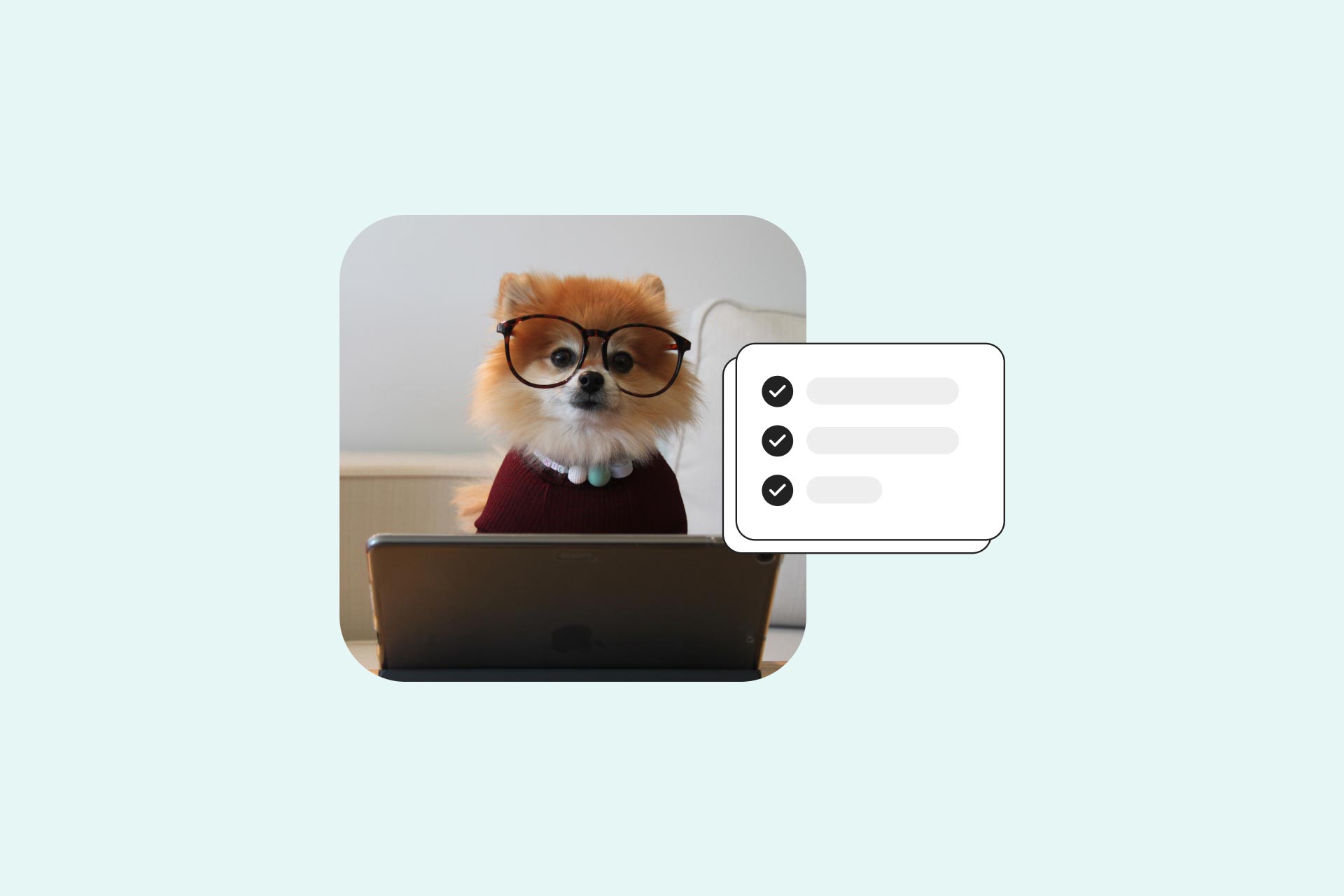What is an SEO landing page & How to Build One? [Step-by-Step Guide]
Learn the ins and outs of SEO landing pages and how to build one with our step-by-step guide. Discover the key elements and best practices for creating a high-performing landing page that drives conversions and improves your search engine rankings.

What is a landing page?
A landing page is a web page designed to convert visitors into leads, customers, or clients. The main purpose of a landing page is to persuade visitors to take a specific action, such as filling out a form, making a purchase, or signing up for a newsletter.
Landing pages are often used in digital marketing campaigns, such as PPC (pay-per-click) advertising, email marketing, and social media advertising. These campaigns drive traffic to a specific landing page, rather than the homepage of a website, in order to increase the chances of converting visitors into leads or customers.
What is a landing page in SEO or landing page optimization?
In the context of SEO, a landing page is typically the page on a website that a user first arrives at after clicking on a search engine result.
It’s important for landing pages to be optimized for both search engines and user experience, as they can have a huge impact on a website’s conversion rate and search engine rankings.
This means that the page is designed and structured in a way that makes it easy for search engines to understand and rank. There are some key elements that go into creating an SEO-optimized landing page. Let’s discuss these elements in our next section:
Key elements of an SEO-optimized landing page
As discussed above, landing pages are an essential component of digital marketing campaigns, and landing page SEO is an important strategy for optimizing the performance of these pages.
By focusing on the following on-page elements, you can optimize a landing page for SEO:
- Headline: The headline is the most important element of a landing page as it is the first thing visitors will see. It should be clear, concise, and compelling, and should accurately reflect the content of the landing page.
- Content: The content of the landing page should be relevant to the offer or product/service being promoted, and easy to read and understand. Keywords should be strategically placed throughout the content.
- Form: If the landing page includes a form, it should be short and easy to complete. It should also be placed above the fold so that visitors do not have to scroll down to find it.
- Images and videos: Images and videos can help to make a landing page more engaging and persuasive. They should be relevant to the offer or product being promoted and should be optimized for web performance.
- Call-to-action (CTA): The CTA should be clear, prominent, and action-oriented. It should clearly communicate what the user should do next (e.g. “Sign Up Now,” “Learn More,” “Buy Now”).
- Navigation: The navigation should be minimal. It should not distract visitors from the main goal of the landing page.
- Social proof: Testimonials or other forms of social proof can help to build trust and credibility with potential customers.
Additionally, several technical SEO aspects should be considered as well, such as:
- URL structure: URLs should be short, descriptive, and include keywords that are relevant to the landing page.
- Title tags and meta descriptions: Title tags and meta descriptions should be unique, descriptive, and include relevant keywords.
- Mobile optimization: Landing pages should be optimized for mobile devices, as more and more people are accessing the web on their smartphones.
- Loading speed: Landing pages should load quickly as visitors are less likely to wait for a page to load.
What is the purpose of a landing page?
Landing pages can be used for various purposes, such as promoting a product or service, collecting email addresses, or even providing educational content.
Its primary purpose is to convert visitors into leads or customers by providing them with relevant information and a clear call-to-action (CTA). A good landing page will define the purpose of the page in one sentence.
Landing page v/s pop-ups
Do not confuse a landing page with a pop-up banner. Pop-up marketing refers to the use of pop-up windows or overlays that appear on a website to promote a product or service.
These windows can be triggered by a variety of actions, such as clicking a link, scrolling down a page, or spending a certain amount of time on the website. Pop-up marketing is often used to capture leads or promote special offers.
Unlike pop-ups, landing pages are not triggered by a visitor’s action, they are a direct link to a specific page.
How to build a landing page? (Step-by-step guide)
Building a landing page usually involves a few steps. Here is a step-by-step guide to creating an SEO-optimized landing page.
Step 1: Define the purpose of the landing page
Before creating the landing page, it is important to understand its purpose. The purpose of a landing page can vary, such as promoting a product or service, capturing leads, or directing traffic to other pages on a website.
Step 2: Choose a design template or create a custom layout
Many website builders and landing page software offer templates to choose from that you can customize to fit your brand and the goal of your page. We will also discuss some tools for creating landing pages in the tools section below.
Alternatively, you can consider hiring a marketing apprentice to take care of all your SEO tasks.
A simple and consistent layout will make the page easy to navigate and understand. Use a clear and easy-to-read font, and make sure that the page is easy to scroll through.
Also Read: 7 Affordable SEO Services for Small Businesses
Step 3: Create a clear and compelling headline
Create a headline that grabs the visitor’s attention and clearly communicates the value of your offer. Example: “Get 50% off your first purchase today!”
You can also use free title-generation tools such as Co-Schedule’s Headline Analyzer to create click-worthy headlines.
Step 4: Add content & form
Use clear and concise language and relevant keywords to explain your offer and its benefits. Make sure to include any necessary details such as pricing, availability, limitations, or customer reviews. Example: “Our premium service includes access to our exclusive online community and a personalized workout plan”
This includes creating a form for visitors to fill out asking for necessary information such as email address or phone number.
Step 5: Use engaging and relevant images
Images can help to break up text and make the page more visually appealing. It is important to use relevant images that help to communicate the message of the page.
Step 6: Use a clear and persuasive call-to-action
The call-to-action (CTA) is the button or link that visitors will click on to take the desired action, such as making a purchase or signing up for a newsletter. The CTA should be clear and easy to find. Example: “Sign up for our newsletter” or “Shop now”
Step 7: Optimize for SEO
This includes using keywords in your content, meta tags, and title tags to make it more likely for your page to rank well in search engines.
Step 8: Optimize for mobile
More and more people are using their smartphones to browse the internet, so it’s important to make sure that the landing page looks good and works well on mobile devices.
Step 9: Test and optimize
Run A/B tests on different headlines, CTAs, and layouts to try different versions of your page and see which performs best. Use the data you gather to make improvements to the page and increase conversions.
Let’s take a look at this SEO landing page example:
Example:
A landing page for a new product launch of a fitness watch:
- Goal: Generate leads for pre-orders
- Design: Clean and modern design with images of the watch and people working out.
- Headline: “Introducing the ultimate fitness watch: Track your progress and reach your goals”
- Form: Name, Email, Phone number
- Images/Videos: Photos of the watch in action and/or testimonial videos of satisfied customers
- Testimonials: “I’ve never been able to track my progress so easily” – John Doe
- CTA: “Pre-order now and save”
- SEO: “Fitness watch, track progress, reach goals, pre-order”
- Mobile-friendly: Optimized for all devices
- A/B Testing: Testing different headlines, CTAs, and images
Tools to create an SEO landing page
As mentioned above, creating a landing page can be done using a variety of tools, apps, or sites without needing to know how to code. Some popular options include
- Unbounce: This platform allows you to create, publish, and A/B test landing pages.
- Leadpages: This platform offers a wide range of templates that can be customized to suit your needs, as well as built-in integrations with popular email marketing and CRM platforms.
- Instapage: This platform allows you to create landing pages that are optimized for conversions and includes features such as A/B testing and built-in analytics.
- WordPress: WordPress is a popular content management system that can be used to create landing pages. There are a variety of plugins and themes available that can be used to create landing pages.
SEO landing page examples
There are different kinds of landing pages designed for different purposes. The main goal of a landing page, however, remains to convert visitors into leads or customers. Let’s look at some examples of popular landing page types.
- Lead-generation landing page: This type of landing page is probably the most common. It is designed to collect contact information from visitors, such as an email address or phone number in exchange for something of value, such as an ebook or a free trial. It usually includes a form for visitors to fill out and a CTA that encourages them to submit their information.
- Product or service landing page: This landing page is designed to promote a specific product or service and includes detailed information about it, including images, videos, and customer reviews, along with a CTA that encourages the user to make a purchase or request more information.
- Click-through landing page: This type of landing page is designed to persuade visitors to click through to another page, such as a product page or a pricing page. It includes a clear CTA that encourages visitors to take the next step.
- Webinar landing page: This type of landing page is used to promote an upcoming webinar or a recorded version of a previous webinar. It typically includes information about the topic, speaker, and date/time of the webinar, as well as a registration form.
- Thank you landing page: Such a landing page is displayed after a visitor has taken a specific action, such as submitting a form or making a purchase. It usually includes a message thanking the visitor for their action, followed by a CTA that encourages them to sign up for a newsletter or visit another page on the website.
A landing page can bring you more traffic, leads, and money! By optimizing a landing page for specific keywords and phrases, a business can increase its chances of appearing higher in SERPs, which can lead to more traffic, leads, and ultimately, sales. Additionally, a well-designed landing page can also help to improve the user experience, which is a key ranking factor for search engines.
In conclusion, a landing page is important in SEO because it can help to increase visibility and drive conversions, which can ultimately lead to more revenue for a business.
Lexi Rodrigo is the former Content Manager at Acadium. As a marketing and communications professional and course creator, she helps remarkable brands get seen, heard, and known. She has been a digital marketer and copywriter since 2008. She's also the co-author of "Blog Post Ideas: 21 Proven Ways to Create Compelling Content and Kiss Writer's Block Goodbye." When she's not reading or writing, Lexi bakes bread, grows food, and takes long walks. Connect with Lexi on LinkedIn.
-
Career Prep
Top Marketing Webinars for Digital Marketers in 2025
By attending these webinars, you will have the opportunity to learn from industry leaders, gain insider knowledge, and stay ahead of the competition.
-
Career Prep, News
9 Types of Digital Marketing to Choose From in 2025
Digital marketing is a dynamic field that offers diverse career opportunities. From search engine optimization to social media marketing, there are many specializations to explore. Whether you're just starting out or looking to switch careers, this guide will help you find your ideal digital marketing niche.

Subscribe to our newsletter for digital marketing resources
Become a better marketer with our digital marketing resources and tips shared weekly in your inbox.

Get started with Acadium
Build your marketing career for free or find marketing talent on any budget — fully remote.


